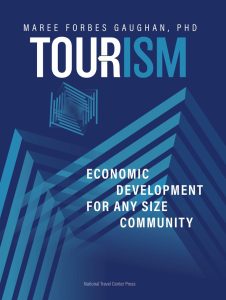Traditionally, market segmentation in the tourism industry, if done at all, has been limited to dividing markets into convenient demographic groupings, or targeted within the geography surrounding the community. To avoid even this level of market definition, many destination marketing organizations traditionally just opted for saying they have “something for everyone.” Other DMOs took the viewpoint of the destination rather than the visitor, focusing on various locations at the destination, assuming that visitors would respond to things of interest.
This lack of research and visitor profiling was due to the fact that (1) many DMOs were afraid of targeting markets in fear of losing some visitors and the fact that (2) many didn’t have a research mentality. The perceived gold standard of “on the ground” research was that it is expensive, that visitor intercept studies could be skewed depending on the mix of travelers in the destination at any given time, or the sample size was not large enough to render accurate results. Those perceived deficiencies have left some destinations without accurate information with which to make their marketing decisions. This situation can mostly be overcome by the availability of information on the internet that has made secondary research and benchmarking exponentially easier. Most destinations post their plans online, making for easy comparison of one destination’s strategies and results to another. Primary research completed through Survey Monkey or other automated tools makes direct research much less expensive. Any community can start by accessing information from the state tourism office, gather information from any regional tourism organizations and then turn to your local lodging properties and attractions to get accurate visitor information. We are of the mind that the only people who really know the needed information about the visitors, other than the visitors themselves, are the people who serve them — the hotels, restaurants, museums and attractions, and others who interact directly with the visitors.


